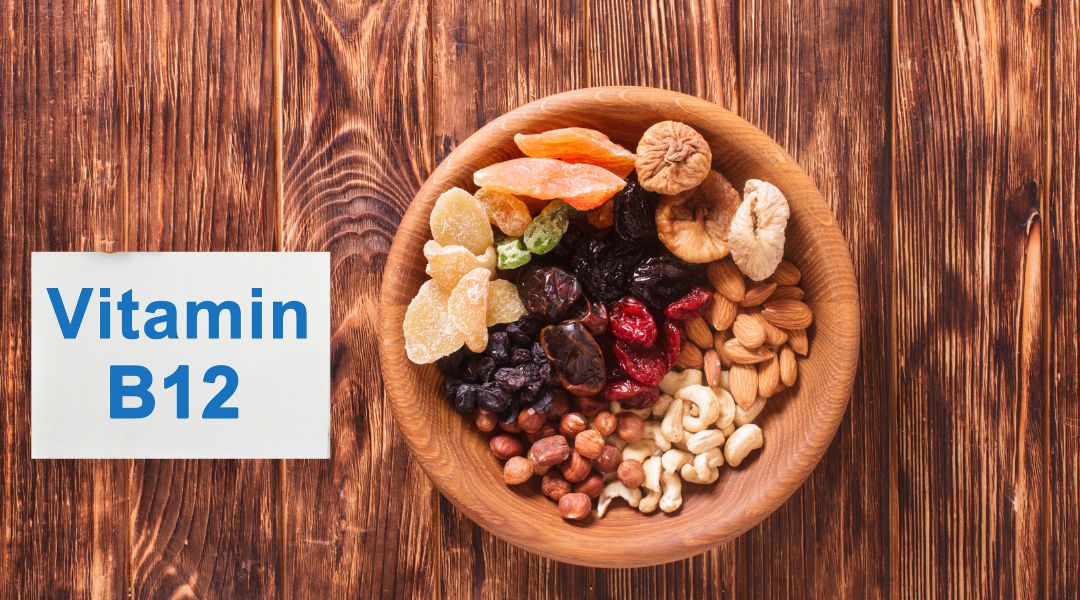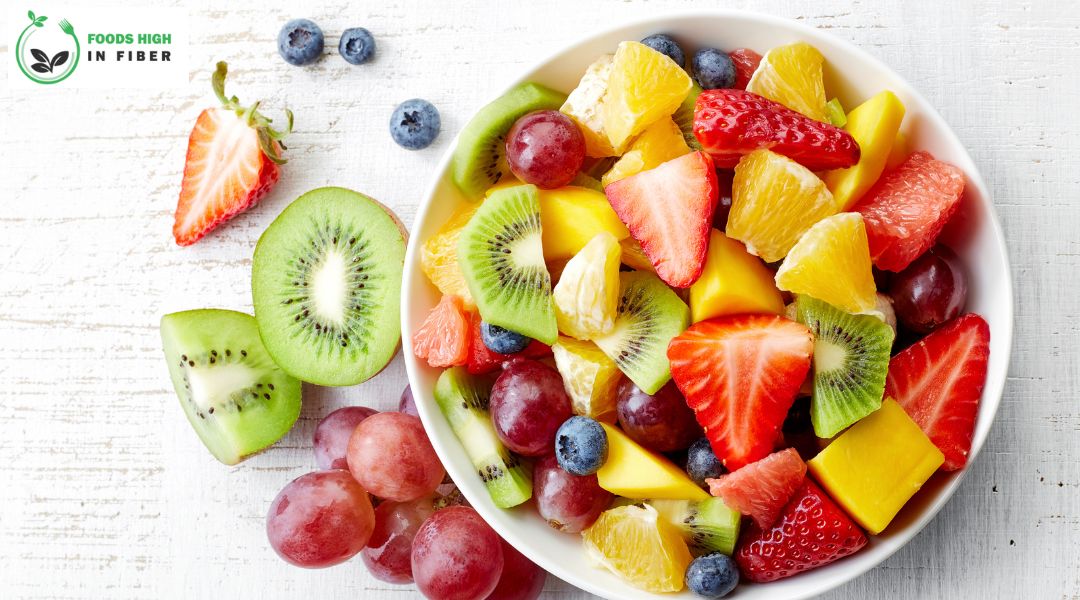Introduction: Are Raspberries Acidic
Raspberries are mildly acidic fruits due to organic acids like citric acid and malic acid. This acidity contributes to their tart flavor and tanginess. It also helps balance natural sugars in raspberries, making them a healthier choice. The organic acids in Raspberry have antioxidant properties and provide vitamin C, offering potential health benefits. Raspberry are a popular fruit known for their unique taste and nutritional value. In this article we discuss are Raspberries Acidic.
Raspberries as a Popular Fruit
Raspberries are a delicious and vibrant fruit that belongs to the rose family, Rosaceae. They are widely recognized for their distinctive sweet tart flavor and rich red color. Raspberry are native to Europe and are now cultivated in various regions worldwide. They have increased popularity due to their unique taste, versatility in culinary applications, and numerous health benefits.
Acidity in Fruits
Organic acids like citric acid, malic acid, and tartaric acid determine fruit acidity. These acids give fruits their sour or tangy taste. Fruits with high acidity, like lemons and oranges, are used in cooking, while those with lower edges are enjoyed fresh. The level of acidity affects flavor and culinary applications of fruits. Factors like sugar content and other flavor compounds can also influence perception of sharpness. Understanding fruit acidity helps in selecting suitable fruits for different purposes.
Concept of acidity and its role in determining taste of Fruits
Acidity is a fundamental characteristic of fruits that determines their taste. Acidity refers to presence of acids in fruit, which gives it a tart or sour flavor. The level of acidity can vary from fruit to fruit and is measured using pH scale, where values below 7 indicate acidity.
The presence of acids in fruits contributes to their taste and influences other sensory aspects such as aroma and texture. The acidity helps balance sweetness of fruits, creating a harmonious flavor profile. It adds brightness, tanginess, and refreshing quality to taste experience. Additionally, acidity can enhance perception of flavors by stimulating taste buds and increasing saliva production.

Raspberry Fruit Characteristics
Raspberry, scientifically known as Rubus idaeus, is a popular fruit known for its sweet and tangy taste. It belongs to the rose family and is native to Europe but is widely cultivated in various parts of world. Raspberry plants are known for their thorny canes that produce delicious berries.
Here are some critical characteristics are Raspberries Acidic fruit:
- Size and Shape: Raspberry fruits are small to medium sized, typically measuring 1 to 2 centimeters in diameter. They have a round shape, resembling small berries, with a hollow core.
- Color: Raspberry come in various vibrant colors, including red, yellow, black, and purple. Red Raspberry are most common variety, while yellow, black, and purple raspberries are less widely available.
- Texture: The outer skin of raspberry is delicate and slightly fuzzy. When fully ripe, raspberries are soft and juicy and quickly released from their core when picked.
- Flavor: Raspberries have a unique flavor profile: sweet and tart. The taste can vary depending on variety and ripeness of fruit. Red raspberries are more precious, while black raspberries have a more intense flavor.
- Nutritional Composition: Raspberries are considered a highly nutritious fruit. They are low in calories and rich in vitamins, minerals, and dietary fiber. Raspberries are mainly known for their high content of vitamin C and antioxidants, which have various health benefits.
- Seed Structure: Raspberry fruits comprise multiple small seed like structures known as drupelets. These drupelets give raspberries their characteristic texture and appearance. Each drupelet contains a tiny seed, although sources are generally not noticeable when eating ripe raspberries.
- Harvest Season: Raspberries are typically harvested in summer, depending on region and variety. Different raspberry cultivars have varying ripening times, allowing for an extended harvest period.
- Culinary Uses: Raspberries are a versatile fruit used in various culinary preparations. They can be enjoyed fresh on their own, added to fruit salads, incorporated into desserts like pies, tarts, and cakes, or transformed into jams, jellies, and preserves. Raspberries also make flavorful additions to smoothies, yogurt, and ice cream.
Raspberry are delicious and offer numerous health benefits due to their high antioxidant content. Whether fresh or used in various recipes, are raspberries acidic a delightful and nutritious addition to a balanced diet.

Nutritions in Raspberries
Raspberries are not only delicious but also pack a nutritional punch. They are considered a nutrient dense fruit, meaning they provide a range of essential vitamins, minerals, and antioxidants while being relatively low in calories. Here are some vital nutritional components of raspberries:
- Fiber: Raspberries are a great source of dietary fiber, which plays a crucial role in maintaining a healthy digestive system. A one cup serving of Raspberry provides around 8 grams of fiber, contributing to satiety and promoting regular bowel movements.
- Vitamins: Raspberry contain various vitamins that are important for overall health. They are particularly rich in vitamin C, providing over 50% of recommended daily intake in a one cup serving. Vitamin C supports immune system, acts as an antioxidant, and plays a role in collagen production for healthy skin.
- Minerals: Raspberries contain several minerals essential for bodily functions. They are a good source of manganese, which is involved in metabolism and bone health. Raspberry also provide small amounts of potassium, magnesium, and copper.
- Antioxidants: Raspberry contain anthocyanins, ellagic acid, and quercetin. These compounds help protect cells from damage caused by harmful molecules called free radicals. Antioxidants have various health benefits, such as reducing inflammation and lowering the risk of chronic diseases.
- Low in Calories: Raspberries are relatively low in calories, making them suitable for those watching their calorie intake. One cup of Raspberry contains about 65 calories, making them a guilt free treat that can be enjoyed as part of a balanced diet.

Are Raspberries Acidic?
Raspberries generally have a pH range of 3.0 to 3.5 which clearly means they are acdic. This pH range indicates that Raspberry are considered moderately acidic. The lower pH value, higher acidity. The pH range of Raspberry is one of factors contributing to their distinct tartness and tangy flavor profile.
Raspberries are known for their sweet and tangy flavor, which is attributed to their moderate to high acidity. The fruit contains organic acids like citric acid, malic acid, and ellagic acid. These acids give raspberries their tartness and contribute to their nutritional value. The acidity enhances taste and balances sweetness in desserts and sauces. It aids digestion, acts as a natural preservative, and promotes gut health. While generally well tolerated, individuals with sensitive stomachs may need to consume raspberries in moderation. Overall, acidity in Raspberry adds a refreshing and vibrant element to their culinary appeal.
Mention the organic acids found in raspberries that contribute to their acidity
Raspberries contain several organic acids that contribute to their acidity. Two primary organic acids in Raspberry are citric acid and malic acid.
- Citric acid: Citric acid is a common organic acid found in many fruits, including raspberries. It provides a tart and refreshing taste. Citric acid is also a natural preservative and can enhance the shelf life of raspberries.
- Malic acid: Malic acid is another organic acid found in raspberries. It contributes to overall acidity of the fruit and gives a slightly sour taste. Malic acid is also found in other fruits like apples and contributes to their tartness.
In addition to citric acid and malic acid, raspberries may contain other organic acids in smaller amounts, such as quinic acid and ellagic acid. These organic acids, along with their specific ratios, contribute to raspberries’ overall flavor and acidity.
Health Benefits of Raspberries
These are the health benefits of raspberries:
- High in Nutrients: Raspberries contain essential vitamins and minerals, including vitamin C, manganese, and dietary fiber. These nutrients support overall health and help maintain a balanced diet.
- Antioxidant Rich: Raspberries contain antioxidants, such as anthocyanins, ellagic acid, and quercetin. These compounds help combat oxidative stress, reduce inflammation, and protect against chronic diseases like heart disease, cancer, and neurodegenerative disorders.
- Heart Health: Raspberries’ fiber, potassium, and polyphenols contribute to cardiovascular health. They can help lower blood pressure, improve cholesterol levels, and reduce the risk of heart disease.
- Blood Sugar Regulation: The high fiber content in raspberries slows down the digestion and absorption of carbohydrates, which helps regulate blood sugar levels. This benefit is significant for individuals with diabetes or those at risk of developing condition.
- Weight Management: Raspberries are low in calories and fiber, making them a satisfying and nutritious choice for weight management. The fiber content helps promote feelings of fullness and reduces likelihood of overeating.
- Digestive Health: The dietary fiber in raspberries supports a healthy digestive system by promoting regular bowel movements, preventing constipation, and nourishing beneficial gut bacteria.

Culinary Uses of Raspberries and Their Versatility
These are the culinary uses of Raspberries and their versatility:
- Jams and Preserves: Raspberries’ natural acidity helps create delicious jams, jellies, and preserves. The tartness adds a bright flavor profile and helps balance sweetness in these spreads.
- Desserts: Raspberries are widely used in desserts due to their vibrant color, tangy taste, and pleasant texture. They can be incorporated into cakes, pies, tarts, muffins, and ice creams, adding flavor and visual appeal.
- Salads: The acidity of raspberries makes them an excellent addition to salads, especially when paired with greens, cheese, nuts, and a light vinaigrette. The contrasting flavors create a delightful balance.
- Sauces and Coulis: Raspberries can be transformed into versatile sauces and coulis that accompany various dishes. Whether drizzled over pancakes, grilled meats, or used as a base for savory sauces, their acidity adds complexity and brightness.
- Beverages: Raspberries can infuse flavor into drinks like lemonades, smoothies, cocktails, and herbal teas. Their acidity provides a refreshing and tangy twist to beverages.
- Snacks: Raspberries can be enjoyed as a standalone snack, either fresh or freeze dried, providing a burst of flavor and a dose of antioxidants.
The acidity of raspberries contributes to their unique taste and enhances their versatility in various culinary applications, allowing for a wide range of creative and delicious recipes.

Factors Affecting Raspberry Acidity
Several factors can influence the acidity of raspberries, ultimately impacting their taste and flavor profile. Firstly, variety of raspberries plays a significant role, as different cultivars have varying natural acidity levels. Environmental conditions like climate and soil composition also contribute to acidity levels.
Raspberry thrive in slightly acidic soil; pH imbalances can affect their acid content. Additionally, stage of ripeness affects acidity, with unripe raspberries generally being more scathing than fully ripe ones. Lastly, post harvest handling and storage conditions can influence acidity, as exposure to heat, light, and oxygen can cause breakdown of organic acids and alter overall sharpness of the fruit. Therefore, a combination of genetic, environmental, and post harvest factors collectively determine acidity of raspberries.
Environmental Factors Affecting are Raspberries acidic influenced by various environmental factors that can impact their acidity levels. Two significant factors include soil pH and growing conditions.
- Soil pH: The acidity of soil in which raspberries are grown can affect edge of fruit. Raspberries prefer slightly acidic soil with a pH range between 5.5 and 6.5. If soil pH deviates significantly from this range, it can influence nutrient availability and uptake by raspberry plants, which may subsequently impact acidity of the fruits.
- Growing Conditions: The growing conditions, such as temperature, sunlight exposure, and water availability, can also influence raspberry acidity.
- Temperature: Raspberries thrive in temperate climates and require a specific range of temperatures for optimal growth. Extreme temperatures, especially excessive heat, can affect development of organic acids in raspberries, potentially altering their acidity.
- Sunlight Exposure: Sufficient sunlight exposure is crucial for raspberries to undergo photosynthesis and produce sugars and organic acids. Inadequate sunlight can affect balance between sugar production and acid development, leading to variations in acidity levels.
- Water Availability: Proper water management is essential for raspberry plants. Inconsistent or excessive watering can impact the uptake of nutrients, including organic acids, resulting in changes in raspberry acidity.
Conclusion are Raspberries acidic
Raspberries are moderately acidic fruits with a pH range of 3.0 to 3.5. Organic acids, such as citric acid and malic acid, contribute to their tart and tangy flavor. Despite are raspberries acidic offer various health benefits due to their rich antioxidant content and essential vitamins and minerals. They support a healthy immune system, promote heart health, and provide anti inflammatory properties.
Are Raspberries acidic makes them versatile in cooking, adding a refreshing element to both sweet and savory dishes. Their tanginess can balance sweetness in desserts and provide a bright contrast in delicious recipes. Environmental conditions, soil pH, and ripeness can influence raspberry acidity. Understanding acidity of Raspberry is vital for appreciating their unique qualities, utilizing them in culinary creations, and enjoying their nutritional benefits. Raspberries are a popular and flavorful addition to our diet and culinary experiences.







